Are you looking for the perfect way to describe a kitchen design? When describing a kitchen design, there are many details and features that should be considered.
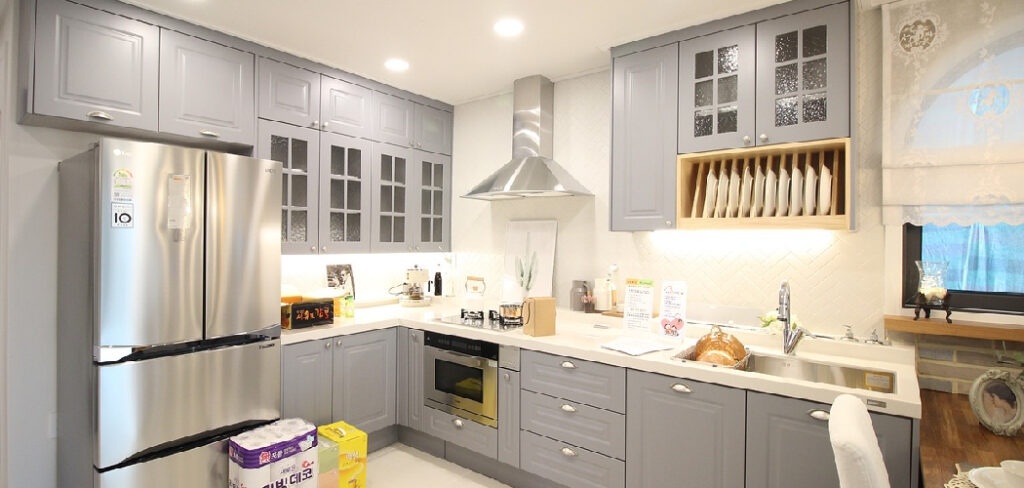
Creating the perfect kitchen design for your home can be a daunting task – where do you even begin? From choosing how to style the counters and cabinets to determining what type of decorations will bring out its natural charm, a lot of decisions come into planning a kitchen design.
But working on designing your perfect kitchen doesn’t have to be overwhelming: with these helpful tips on describing optimal kitchen decor and design, you can start envisioning your culinary masterpiece today!
With a few carefully chosen decor elements such as rugs, wall art, plants, towels, and more – you can bring texture into the space in order to create cohesion. Here we’ll show how to describe a kitchen design.
What Will You Need?
Before you begin decorating your kitchen, it’s important to know what pieces of furniture, appliances, and accessories will be needed.
- Countertop: Selecting the right countertop is important as it needs to be both durable and aesthetically pleasing.
- Cabinetry: Choose the right type of cabinetry for your kitchen design, such as custom built-in cabinets or stock cabinets.
- Appliances: Select the right appliances to fit your kitchen design and lifestyle.
- Lighting: The lighting in your kitchen is critical, so choose fixtures that will brighten up the area while adding to the overall aesthetic.
- Decorations: Enhance your kitchen with thoughtful decorations, such as hanging plants, colorful rugs, artwork, and towels.
No matter how you choose to describe a kitchen design, the key is ensuring each element works together in harmony for a cohesive look.
10 Effective Ways How to Describe a Kitchen Design
1. Natural and Earthy:
For a kitchen design that feels homey and inviting, opt for natural elements such as wood, stone, and exposed brick. Look to incorporate greenery with hanging plants or indoor herb gardens. If you’re looking for a more modern twist, opt for earthy tones such as sage greens and browns.
2. Classic Contemporary:
A timeless look is achieved by combining classic pieces like wooden cabinets with contemporary accents like marble countertops and stainless steel appliances. You can also add touches of color with wall art or colorful storage containers. It will create an atmosphere that is both modern and timeless.
3. Cool & Industrial:
Create an urban chic atmosphere with simple but bold industrial furnishings such as concrete countertops or steel shelving units. There are also many options for kitchen accessories such as copper utensils or copper lighting fixtures. The key is to blend a few industrial elements with more modern pieces for a unique and cool look.
4. Coastal & Beachy:
Capture the beauty of the coast in your kitchen design with sandy tones, nautical decor items, and beach-inspired accents like wicker baskets or seashells. Be careful to use the right combination of rustic elements and modern pieces, such as a wooden island with sleek stainless steel appliances.
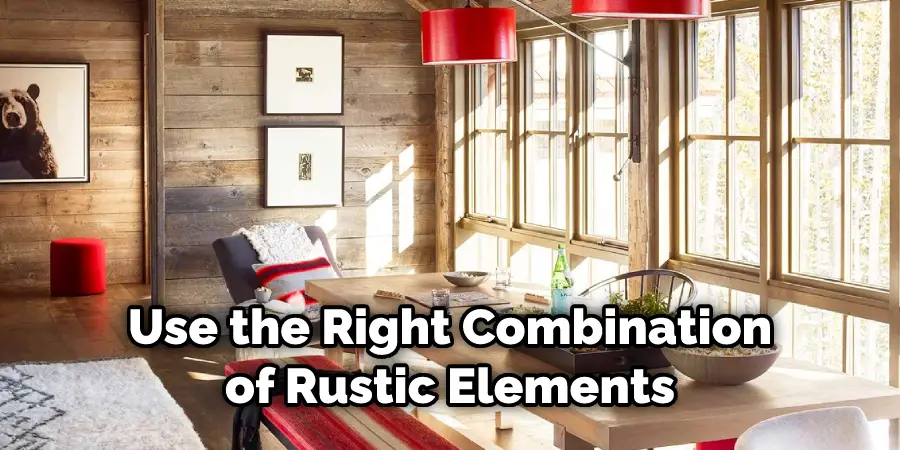
5. Luxurious & Glam:
If you’re looking for a more glamorous kitchen, consider investing in luxurious pieces such as marble countertops and gold-plated lighting fixtures. Add some sparkle with glassware, mirrored accents, and chrome accents. Layer luxurious pieces with softer elements such as velvet stools or textured rugs, for a balanced look.
6. Eclectic & Bold:
Mixing different styles and textures can create an eclectic and eye-catching kitchen design – try to combine modern elements with vintage pieces or incorporate bright colors into the space. Another option is to use bold patterns like geometric shapes or wallpaper to add a pop of color. It’s all about creating a unique and inviting atmosphere.
7. Warm & Rustic:
Bring a cozy atmosphere to your home with rustic features like distressed cabinets, exposed beams, or brick walls. Try to incorporate warm tones like browns, oranges, and yellows for an inviting and comforting look. Additionally, you can incorporate natural materials like wood and stone to bring a hint of the outdoors in.
8. Minimalist Monochrome:
Opt for minimalist monochromatic decor that includes all-white cabinets and muted accents for a sleek and inviting look. This type of kitchen design is great for small spaces, as it will make the room appear larger and can be easily accessorized with pops of color from art, plants, and kitchen towels. Don’t be afraid to go for bold shapes and statement pieces.
9. Traditional & Cozy:
If you’re looking for a more timeless kitchen design, opt for traditional furnishings like white tile backsplashes and wooden cabinetry. Moreover, add a layer of warmth with cozy textiles like patterned rugs or tablecloths. You can also incorporate vintage pieces for a hint of nostalgia or even add a fireplace for an inviting and charming atmosphere.
10. Bright & Cheery:
Bring the feeling of sunlight into your kitchen with bright hues such as yellow, orange, or pink. Look to incorporate cheerful decorations like wall art featuring fruits and vegetables to complete the look. Remember, even if you’re using bright colors, don’t be afraid to mix and match textures for a balanced and stylish look.
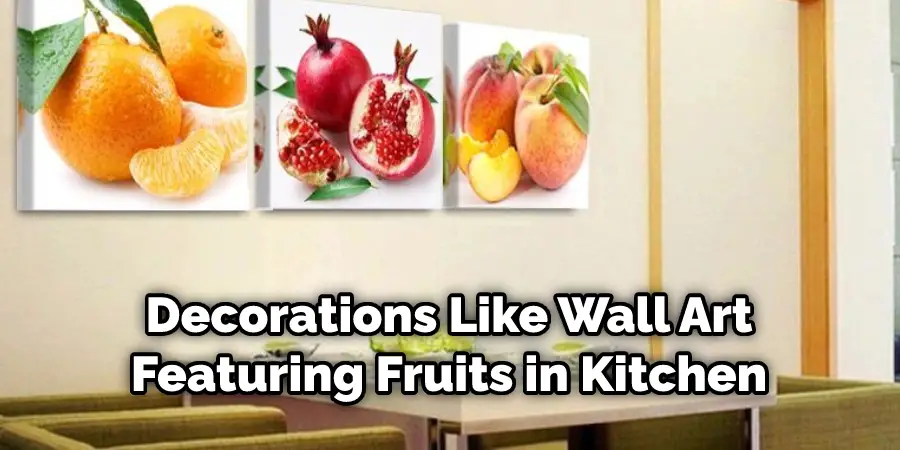
By following these helpful tips on describing a kitchen design, you can start envisioning the perfect culinary masterpiece for your home today! With a few carefully chosen elements of decor, you can create an inviting space that is both beautiful and functional.
Happy designing!
5 Additional Tips and Tricks
- Balance is important when describing a kitchen design – make sure to mix elements of warm and cool tones, classic and contemporary styles, or traditional and modern pieces.
- Think about the flow within your kitchen – be sure to leave enough space between furniture pieces for easy navigation and allow for ample workspace on counters or islands.
- Utilize vertical space by hanging decorations from the walls or shelving units – this will help keep the area feeling open and airy as opposed to cluttered.
- Incorporate texture into your kitchen design with materials such as masonry brick walls, tile backsplashes, marble countertops, etc., in order to create cohesion throughout the space.
- Don’t forget to add personal touches – family photos, artwork, or favorite kitchenware pieces can go a long way in creating the perfect homey atmosphere.
By following these tips and tricks on describing a kitchen design, you can create an inviting space that will be both beautiful and functional. With careful planning, you can bring your dream kitchen to life!
5 Things You Should Avoid
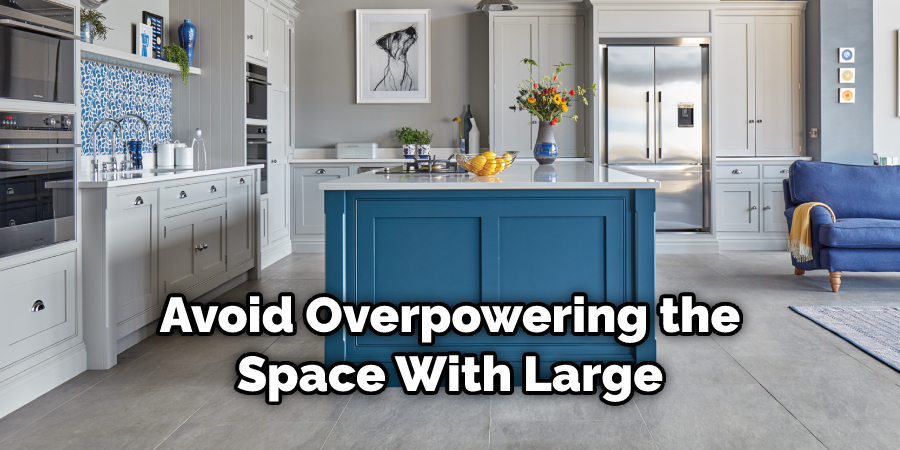
- Don’t overcrowd the area – keep furniture pieces spaced out, and leave room for movement around the kitchen.
- Avoid using too many bright colors in your design – pick a few shades that work together and stick with those for a cohesive look.
- Be mindful of electrical outlet placement – make sure they are easily accessible and do not create an eyesore when placed in visible areas.
- Avoid overpowering the space with large, bulky items – opt for smaller pieces that won’t take up too much visual or physical space in the kitchen.
- Don’t forget about good lighting! Natural light is always preferred, but if you don’t have any available, consider adding ambient lightings such as pendant lights or under-cabinet lighting.
By avoiding these common mistakes, you can ensure your kitchen design is inviting and aesthetically pleasing! With careful planning and attention to detail, you can create the perfect cooking space for your home.
What Makes a Kitchen Design Timeless?
- Stick to a neutral color palette like whites, beiges, and grays are great options that will stand the test of time and remain timeless in style.
- Incorporate classic elements such as wooden cabinetry, white subway tiles for backsplashes, or stainless steel appliances for a sleek look.
- Use open shelving & glass-front cabinets to showcase pieces like dishware or cookbooks without compromising on visual space within the kitchen.
- Granite countertops are always a good choice if you want something that won’t go out of style anytime soon!
- Add statement pieces like antique clocks or vintage shelves to give your kitchen design an extra touch of character.
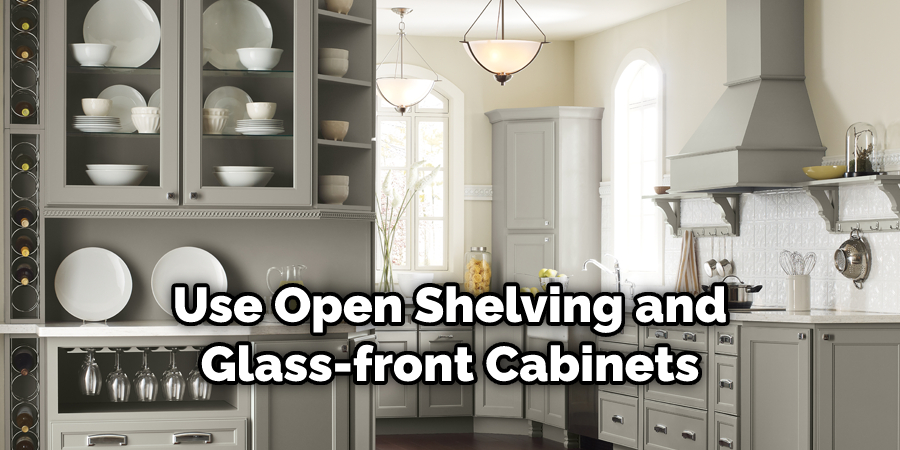
Through these tips, you can be sure that your kitchen design will never go out of style! With a timeless aesthetic, you can create an inviting and beautiful space that is perfect for all your culinary needs.
Conclusion
To conclude, designing a kitchen is a complex yet creative process that could make or break a home’s overall design aesthetic. It takes plenty of planning and thought to figure out the right way to incorporate all the desired components into the overall space while also taking into account practicality and purpose.
There are many options when it comes to kitchen design, and it’s important to decide which elements work best together before deciding on a final plan. Don’t forget to consider materials applicable to your space and unexpected elements like color juxtapositions to tie everything together in harmony.
By keeping these key points about how to describe a kitchen design, you can rest assured knowing that your dreams of creating the perfect kitchen will come true in due time!
Professional Focus
Angela Ervin, a former interior designer turned blogger, specializes in kitchen design and renovations. Through her website, she blends her passion for cooking with design expertise, sharing practical and creative ideas. Known for balancing functionality and beauty, Angela’s insightful content has made her a trusted voice in home design and lifestyle.
About the Author
Angela Ervin, an experienced interior designer and blogger, combines her passion for kitchen renovations with storytelling. Living in Petersburg with her family, she enjoys cooking and testing her projects firsthand. Known for her humor and relatable style, Angela shares creative, functional design insights through her content, making her a trusted voice in home design.
Education History
University: Virginia Commonwealth University
Degree: Bachelor of Fine Arts (BFA) in Interior Design
- Angela’s education at VCU focused on mastering core interior design principles, including spatial planning, color theory, materials selection, and sustainable design practices.
- She gained hands-on experience through studio projects and collaborative design exercises, which honed her ability to create functional and aesthetically pleasing environments.
- Her coursework also emphasized problem-solving and practical applications of design, preparing her for real-world projects like her self-directed kitchen renovations.
- The program’s strong foundation in both technical skills and creative expression shaped Angela’s ability to seamlessly integrate form and function in her work.


